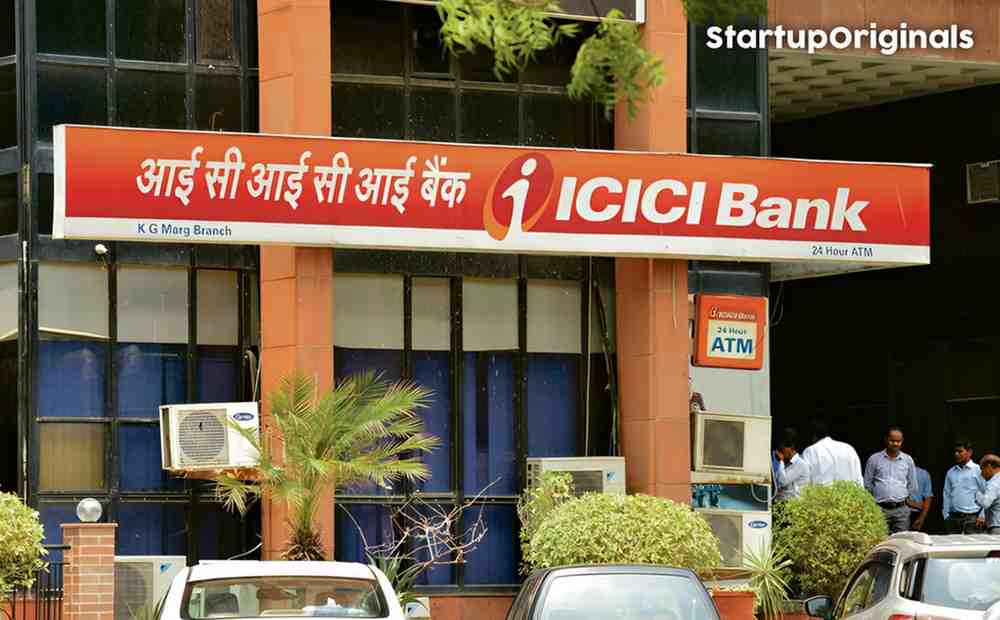
India’s ambition to become a key player in the global electronics market faces a serious obstacle: a looming shortage of rare earth elements (REEs). As China tightens its control over these critical materials, Indian electronics companies warn they may miss government-set targets tied to incentive schemes, putting jobs, innovation, and industry growth at risk.
What Are Rare Earth Elements and Why Are They Important?
Rare earth elements are a group of 17 metals vital for manufacturing high-performance magnets, semiconductors, electric vehicles, smartphones, and renewable energy equipment. Despite their name, they are relatively plentiful in the Earth’s crust, but mining and refining them is complex and environmentally challenging.
In India, REEs are crucial for components like Neodymium-Iron-Boron (NdFeB) magnets, which are used in electric motors, speakers, smartphones, and wearables. Any disruption in their supply impacts the entire value chain.
China’s Export Curbs: The Epicenter of the Crisis
China dominates the rare earth supply chain-mining about 50%, refining nearly 70%, and controlling 90% of the key magnets market. In April 2024, it introduced strict export licensing for several REEs, like terbium and dysprosium, required for magnets. Shipments-both raw magnets and goods containing them-are now delayed at Chinese ports pending end-use declarations and lengthy licensing processes.
These measures, described by India’s Commerce Minister as a “wake-up call,” have left Indian manufacturers struggling to secure essential supplies, threatening ongoing production and future growth, especially for electric vehicles and advanced electronics.
The Immediate Fallout: Missed Targets and Industry Alarm
Many companies under India’s Electronics Component Manufacturing Scheme have flagged that they may miss crucial incentive-linked targets for the first year. With Chinese exports stalled, they cannot procure enough REEs to meet government-mandated production milestones. This threatens government payouts under its Production Linked Incentive (PLI) programs-crucial for accelerating domestic electronics and component manufacturing.
- Over 21,000 electronics jobs are reportedly at risk, with companies forced to import fully assembled goods instead of making them in India.
- Production delays and higher costs are affecting TV, audio, smartphone, and EV supply chains.
- Even slight shortages ripple through to end-users, causing device delays and increased prices.
India’s Response: Short-Term Fixes and Long-Term Strategy
Short-Term Emergency Actions:
- Building up strategic stockpiles of critical rare earth magnets and components.
- Exploring alternate suppliers in Australia, Africa, and Southeast Asia.
- Accelerating assembly of imported components to maximize eligibility for PLI incentives.
Long-Term Plans:
- Fast-tracking exploration and domestic mining of rare earths (India holds 6.9 million tonnes in reserves).
- Incentivizing local production and processing, with draft incentive schemes worth up to ₹3,500–5,000 crore reportedly in the works.
- Investing in recycling infrastructure to reclaim REEs from end-of-life electronics, led by companies like Attero.
- Deepening government-to-government talks with China and exploring joint mining ventures in Central Asia.
The Roadblocks Ahead:
Despite abundant reserves, India lacks world-class processing know-how-a key reason for continued dependency on China. Manufacturing costs for rare earth magnets are roughly 10% higher in India, making homegrown products less competitive. Technology acquisition, raw material security, and environmental concerns pose tough hurdles.
The Stakes for India’s Tech Future:
India is at a crossroads. Without swift progress on local rare earth mining and processing, “Make in India” gains risk being lost to global supply instability. A reliable supply of rare earth magnets is not just about electronics production; it underpins India’s electric mobility, renewable energy, defense, and high-tech aspirations.
Conclusion:
The rare earth crisis has exposed just how vulnerable global supply chains can be, especially when dominated by a single player. For India’s electronics, automotive, and green energy sectors to flourish, urgent and collaborative action-spanning policy, industry, and international partnerships-is needed to build a resilient and self-sufficient ecosystem for critical minerals.




